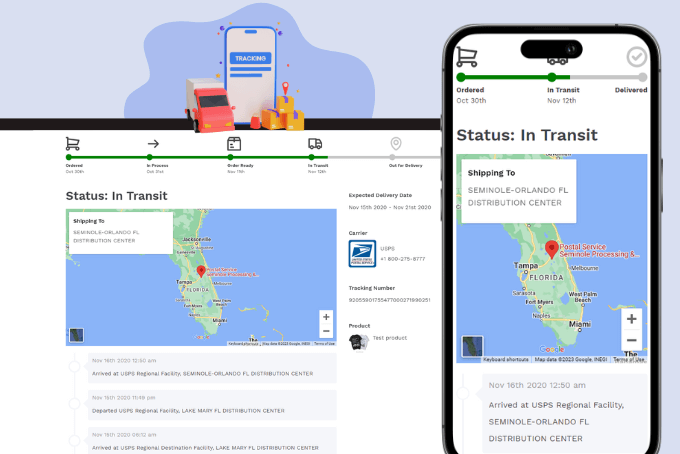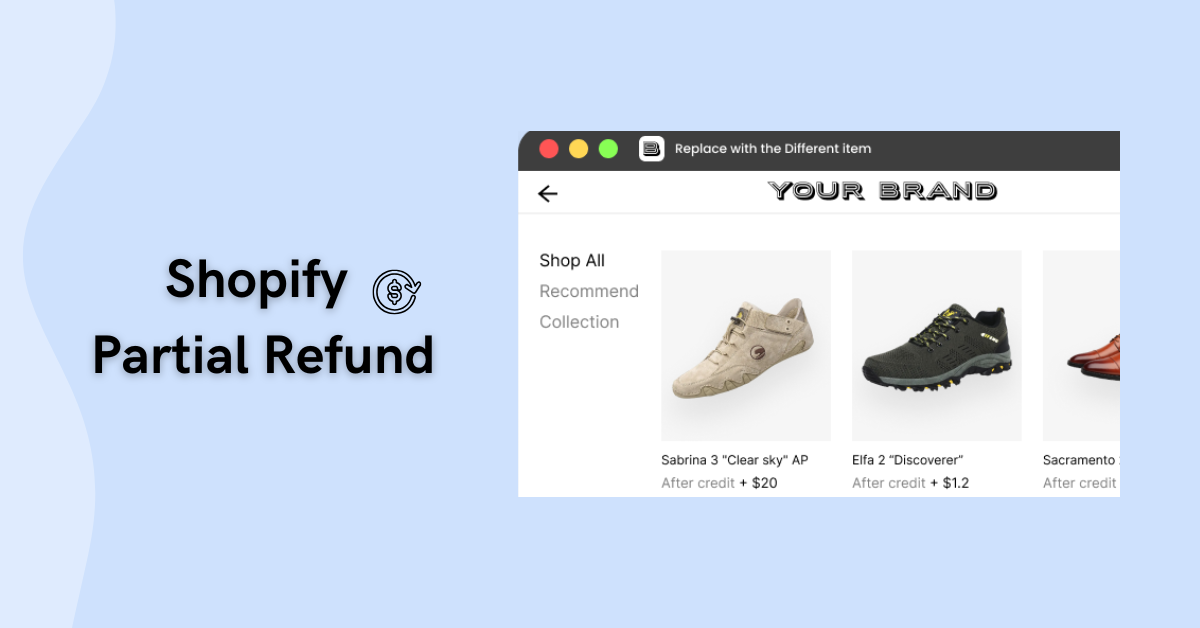Shopify vs WooCommerce Which Is Better for Your Business?
Are you thinking of starting an eCommerce store but you’re struggling between Shopify and WooCommerce? I understand your pain because WooCommerce and Shopify stand head and shoulders above every other alternative.
That said, in this article, I’ll be comparing both eCommerce platforms so that you can make a better-informed decision. Read on to learn more.
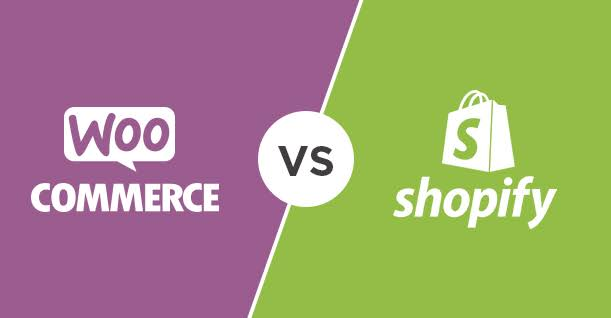
Shopify vs Woocommerce – Basic Overview
Shopify and WooCommerce are two of the most popular eCommerce platforms in the industry. Before we compare them, it’s important to know the basic features of each one. Below is an overview of Shopify and WooCommerce.
What is Shopify?
Shopify is an all-inclusive hosted eCommerce platform.
It’s a platform that makes it possible for you to create an eCommerce store, manage your inventory, and take payments all from one platform.
Shopify makes it easy to manage the technical aspects of your eCommerce website, like web security, hosting, caching, domains, and so on. You can just buy the Shopify app and begin to monetize it right away.
Developers Scott Lake and Tobias Lütke launched the platform in 2006. That was after they built an online shopping store for snowboarding equipment after they were not satisfied with the existing eCommerce stores.
It is a third-party, all-in-one eCommerce solution where users can develop an online shopping store and list products for customers to order and buy. You can use it on social media platforms, websites, and even physical stores. Shopify incorporates everything you’ll need to smoothly run an online store.
What is WooCommerce?
WooCommerce is an eCommerce open-source platform developed for WordPress that allows users to leverage the most effective CMS (Content Management System) they need to operate an eCommerce store.
WordPress powers 43 percent of all websites and is the most used website developer. That also makes WooCommerce the most common eCommerce shopping platform. It’s more commonly used than Shopify.
All aspects of the store are customizable, as it is open-source in nature. You can also develop custom extensions, which makes it an outstanding platform.
What to Look for in Your eCommerce Platform?
When you want to begin an eCommerce store, there are some things you need to examine. These things will help you know which platform will suit your needs better. They include:
- Budget – That is the initial cost of starting the online shopping store. Can you afford it?
- Ease of Use – Is it easy for everyone, especially beginners?
- Scalability – Can the platform scale as your eCommerce business grows?
- Payment methods – The platform should feature several payment methods.
- Integration – Can you integrate a lot of third-party apps, tools, and services to help grow your store?
Shopify vs Woocommerce Proper
Now, let’s dive into the comparison of these two eCommerce platform giants.
Shopify vs Woocommerce: Cost
Most eCommerce business beginners always consider cost first before anything else. Before venturing out into opening an online store, examine how much it’ll take to start and also the costs for other software and add-on services.
Shopify Cost
With Shopify, it’s easy to start an eCommerce store because, for just $29 a month, you can register for the basic plan and upgrade later to the Shopify plan and the advanced
Shopify plan for $79 and $299 per month, respectively.

Some details about Shopify pricing include:
- All the plans feature web hosting and an SSL certificate that will incorporate the Shopify brand into the subdomain. Example: https://example.myshopify.com
- If you want your domain name, you’ll need to pay an extra fee which begins at $14 per year.
- The price for the basic plan does not include add-ons and third-party software and tools, which you’ll use as your Shopify store expands. To get these features, you’ll need to pay for the higher plans.
- There is also the Shopify lite plan that provides buy buttons to any site. You can also use the buy buttons for in-person sales in select regions.
WooCommerce Cost
WordPress.org has WooCommerce as its eCommerce plug-in. Besides its open-source nature, it is also available for free.
To start a WooCommerce store, you’ll require:
- WordPress hosting account – $7.99 per month.
- SSL certificate – $69.99.
- A domain name – $14.99.
As you can see, this is expensive, especially for a start-up. However, some hosting companies provide special WooCommerce hosting for a reduced price.

Bluehost is a great example of an official WooCommerce and WordPress hosting provider. They can offer users a free domain name, a discount on web hosting, and a free SSL certificate. That’ll help you begin your store for just $2.75 per month.
Therefore, you can begin a basic WooCommerce business store for a meager sum that’s way lower than Shopify.
WooCommerce also has added crusts for paid extensions, which you’ll need as you advance. However, unlike Shopify, you can find free alternative software to the paid extensions and premium themes.
Therefore, because of the abundance of free themes and free add-ons with WooCommerce, it is the winner in terms of cost.
Winner: WooCommerce
Shopify vs WooCommerce: Ease of Use
When starting in the eCommerce industry, you need a platform that is easy to use and navigate. You need to pick a platform that is user-friendly especially if you don’t know much about web design. So, how do Shopify and WooCommerce fare in this department?
Shopify – Ease of Use
Shopify has a high user-friendly index because it is a fully hosted platform. Therefore, you don’t need to manage, install, or update any software. You don’t need to sweat about performance, security, backups, and compatibility problems.

You can easily select any of the available themes from the available designs once you sign up.
The intuitive drag and drop feature makes the management of product pages, inventory, and sales super-easy. However, this standout optimization places a lid on the amount of control you have. But with the premium Shopify apps and extensions, you can develop your designs.
WooCommerce – Ease of Use
Since WooCommerce is not a hosted interface, you’ll need to do several things yourself.
That includes installation of the WooCommerce plug-in, keeping backups, updating management, and securing your website.
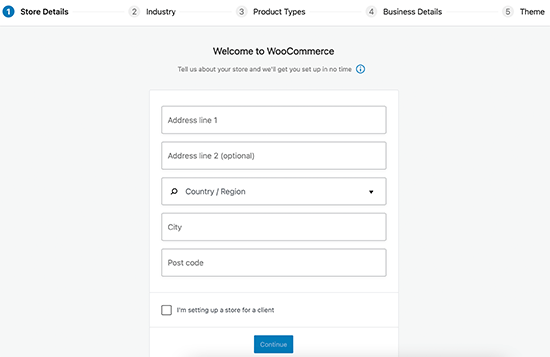
However, you can install several free and premium plug-ins to manage these activities automatically.
With WooCommerce comes increased flexibility in terms of customization. Plus, you have full control of your website and can add any function as there are more than 59, 000 WordPress plug-ins.
Nevertheless, a learning curve accompanies this flexibility, and you need a lot of hands-on experience to manage your eCommerce store.
You also have to sign up for PayPal and other services yourself, which is tasking. Therefore, Shopify takes the lead in this category.
Winner: Shopify
Shopify vs WooCommerce: Payment Methods
When setting up payment gateways for your eCommerce store, there are a lot of options to choose from. How flexible and effective are Shopify and WooCommerce in this category? How do they outperform each other through their payment methods?
Payment Options on Shopify
Shopify provides several payment methods for your customers to use. Besides having all the popular third-party payment methods, Shopify also has its own called Shopify Payment.

The setback with Shopify is that for each transaction users carry out using the third-party payment methods, they have to pay an extra 2 percent of charges. This fee excludes the fees the payment gateway charges your customers.
Payment Options in WooCommerce
WooCommerce provides Stripe payment and PayPal payment. The platform also has its WooCommerce payment gateway built on Stripe. The other popular payment systems are also available.

The payment charges for using WooCommerce come from your bank or your payment gateway. It also doesn’t charge you for credit card payments unless you’re using WooCommerce payment.
Winner: Tie
Shopify vs WooCommerce: Add-ons and Integrations
Every eCommerce platform needs to have third-party services and tools to maximize growth. How do Shopify and WooCommerce compare in this regard?
Shopify Add-ons and integrations
With Shopify, you can buy third-party add-ons and integrate them into your Shopify store using the App Store and the powerful API that comes with it.
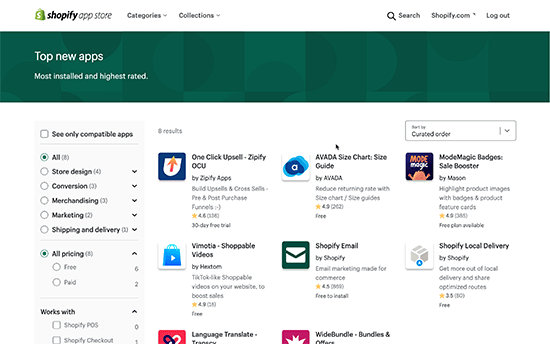
Shopify apps are both free and premium, and the pricing for the premium apps is variable and usually monthly.
Additionally, the extensions and add-ons on Shopify are fewer compared to WooCommerce.
WooCommerce Add-ons and Integrations
Because WooCommerce is built on WordPress and is open source, there are more than 59,000 different free WordPress plug-ins you can access. There are also premium plug-ins as well.

These plug-ins are important for adding payment channels, lead generation, performance optimization, eCommerce SEO, social media integration, and so on.
Winner: WooCommerce
Shopify vs. WooCommerce Dropshipping

In dropshipping, eCommerce stores don’t stock up on products. Instead, when customers place their orders, they buy the products from the vendors directly and ship the orders to the buyers. How do both platforms do dropshipping-wise?
Dropshipping with Shopify

There are several popular integration apps on Shopify for dropshipping, like Dropshipman, Aliexpress, Printify, and so much more.
However, all these dropshipping marketplaces have membership fees, shipping fees, and other user charges.
Dropshipping with WooCommerce
WooCommerce is reputable for its flexible dropshipping plug-ins that are easy to set up. These extensions are super easy to locate, and they provide instant product imports from your website.

Winner: WooCommerce
Shopify vs. WooCommerce: Scalability and Growth
You also need to consider the eCommerce platform that will help your business grow in terms of scalability. Let’s look at how these two compare in this regard.
Scalability in Shopify
Since Shopify controls the technicalities of your website, you don’t have to stress yourself over security, performance, and scalability. Once your business begins to expand, you can just upgrade to a higher plan. Therefore, this platform is highly scalable.

Scalability in WooCommerce
Because you’re responsible for so many tasks like security, update maintenance, backups, and so on, your WooCommerce starter plan will get empty as traffic increases.

Winner: Shopify
WooCommerce vs. Shopify: Support Options
What do WooCommerce and Shopify do when it comes to providing support when you need help?
Support Options on Shopify
Because Shopify is completely hosted, they have a great support system in place for users. You have access to live chat that provides 24/7 customer support. Other support channels include email, phone, and Twitter.

There is also extensive documentation, video tutorials, how-to guides, forums, and other knowledge bases for users that are fix-it-myself oriented.
Support Options for WooCommerce
Because WooCommerce is the most popular eCommerce platform in the world, it has tons of support options for users.
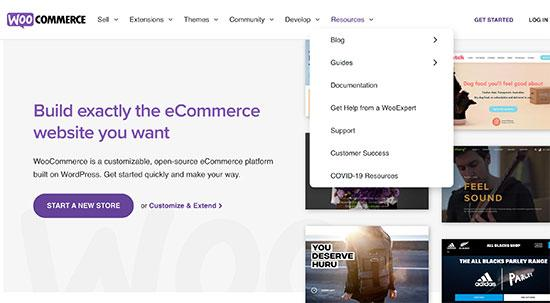
The main site has tutorials, extensive documentation, and guides that you can use to figure things out. There are also support forums and 24/7 chat support for those who buy the premium theme or extension.
Winner: Shopify
WooCommerce vs. Shopify: Which eCommerce Platform is the Best?
One thing you must have seen from these extensive comparisons is that both of these eCommerce platform giants are good. Picking out the best will depend on your personal preferences and skills.
To help you make your decision, here’s a summary of the advantages and disadvantages of both platforms.
Shopify Pros:
- Pricing is clear, straightforward, and fair.
- There is an abundance of app extensions to integrate into your store.
- The themes are many and beautiful.
- Launching is easy, taking just a few minutes.
- Dropshipping is easy with Shopify.
- Making payments is easier.
- Maximum business support.
- Shopify covers everything, including – hosting, security, and so on.
Shopify Cons:
- Shopify controls your website for the most part.
- Less customization when compared with other alternatives.
- Options for upgrades are limited to plans.
- Monthly payment fees increase as your business grows.
WooCommerce Pros:
- Total control and customization.
- Huge online community due to the WordPress feature.
- Starting an eCommerce store is cheaper.
- Plug-ins and themes are endless.
- Configuration using WordPress is simple.
- Free WooCommerce plug-in.
WooCommerce Cons:
- There is a learning curve with WordPress.
- Cost is higher because of the themes, hosting, and plug-ins.
- You need to manage everything like hosting, maintenance, security, backups, and so on.
Conclusion
We have extensively covered how Shopify and WooCommerce compare with each other. The final decision lies with you.
If cost means a lot to you and you want to have complete control over your website with the ability to customize features to your taste, then you should think about WooCommerce.
On the other hand, if you want no stress at all and the feature of infinite scalability, then Shopify is your guy.
